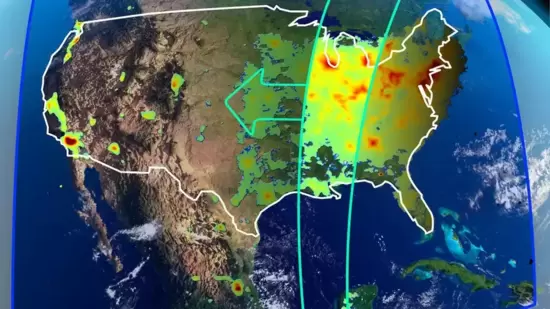Free Courses Sale ends Soon, Get It Now


Free Courses Sale ends Soon, Get It Now



Disclaimer: Copyright infringement not intended.
Context
Details
Mission and Objectives
Instrumentation and Operation
Constellation and Collaborations
Integration and Launch
Program
Other Earth Venture Missions
Future Prospects
Conclusion
TEMPO's role as part of the EVI program showcases NASA's commitment to innovative, cost-effective missions focusing on Earth science research and applications, particularly in monitoring and understanding air pollution over North America.
|
PRACTICE QUESTION Q. Which among the following statements regarding the TEMPO satellite is correct? A) TEMPO is a polar-orbiting satellite designed for high-resolution mapping of Mars' atmosphere. B) It measures air pollution over North America on a daily basis using infrared imaging technology. C) TEMPO is a geostationary Earth-observation satellite providing hourly data on atmospheric pollutants like ozone, nitrogen dioxide, and formaldehyde. D) It collaborates with the European Space Agency's Sentinel-5P for monitoring oceanographic parameters. Correct Answer: C) |
© 2024 iasgyan. All right reserved